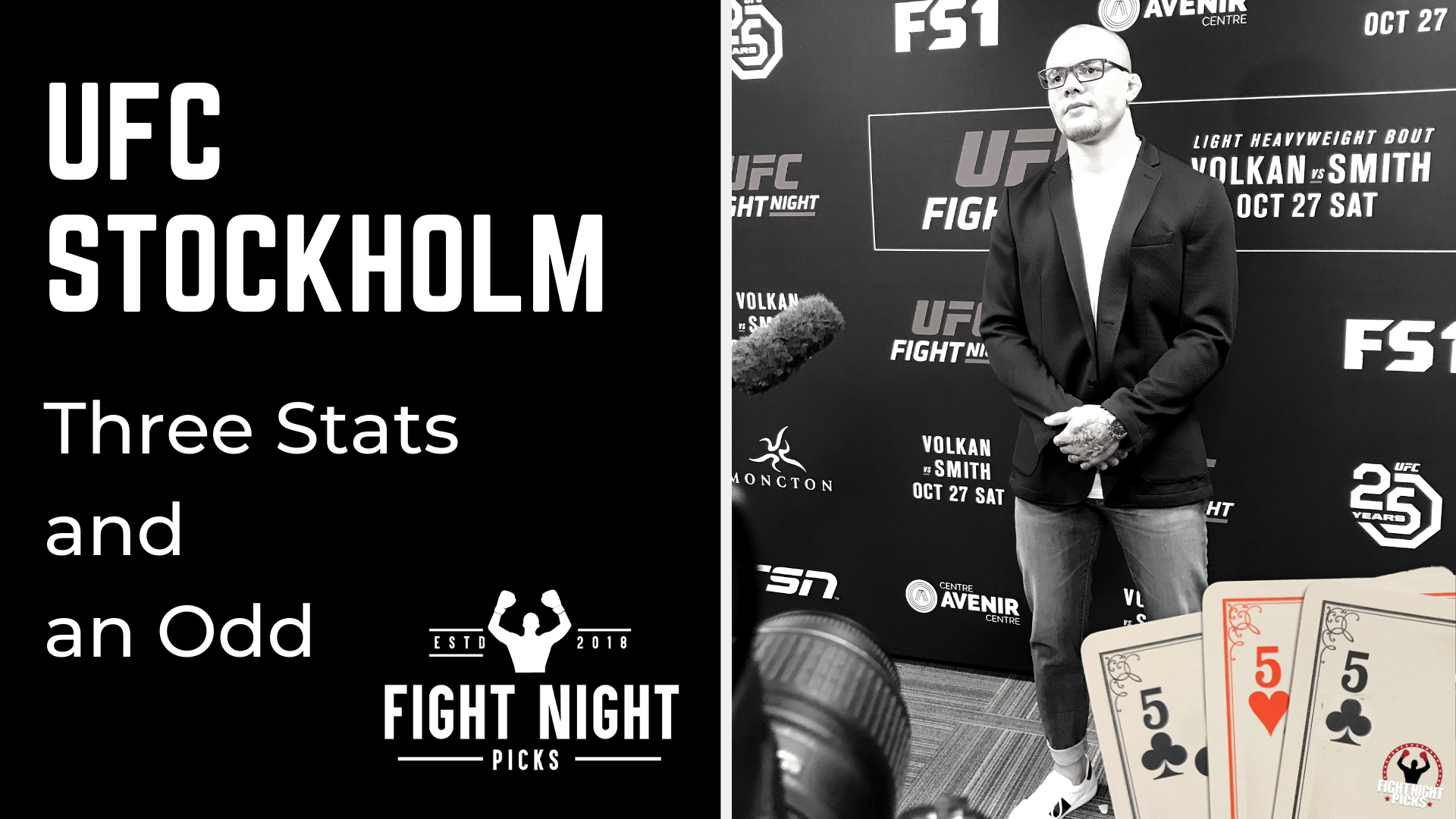
Aleksandr Karelin: The “Russian Bear”

Imagine for a moment, a man from your nightmares, a Russian monster. Now picture him bigger, maybe a lean 286lbs. Imagine he has the wrestling talent that would put your average Olympian to shame and the raw strength to bear hug a fridge up nine flights of stairs. You probably would say this would be the most frightening man in existence, the most dangerous wrestler of all-time. You would be right.
Well, this man is real, and his name is Aleksandr Karelin.
Born a healthy watermelon-sized baby at 12lbs, Karelin grew up fast. By the age of thirteen he was larger than some grown men at 5’10”, 174lbs. And his growth did not stop there; by the time he was sixteen years old he found his home in the super heavyweight division, a weight class in which he would go on to spend the rest of his career. Kicking things off with an unbroken chain of wins stretching from 1982-1987, a streak that was briefly derailed when he lost by a single point to the reigning Russian and European champion, Igor Rostorotsky. But after his loss, if any doubt had risen about Aleksandr Karelin and his abilities, it was quickly put to rest when, recovering from the flu and a concussion, he fought and beat Rostorotsky the very next year.
I, personally, have no desire to leave the bed while I have the flu. Never really considered marching out into Siberia to wrestle the Russian champion.
From then on, his calling was as smooth as a wrestler’s career can be. Suffering only a broken leg, two broken arms, thirteen broken ribs, and numerous concussions, he went on to continue a legendary run with a thirteen-year win streak. A huge factor in his reign was his ability to recover quickly from these injuries. At the 1996 European Championships he tore his right pectoral muscle so badly that his doctors thought he would have no use of his right hand for months. Karelin went on to ignore their concerns and win the championship anyway, causing them to perform urgent surgery to repair the damage. In typical Karelin fashion, he recovered from the operation much quicker than anticipated only to compete, and win gold at the Olympics the very same year.
I was unable to find a picture of his medal, but you can safely assume it was a large pair of brass testicles hanging around his neck.
He credited his quick recovery times to his level of fitness brought on by his Ivan Drago-style training. He would row for hours then immediately run through the Russian taiga with a log on his back only to return to throw around his 71lb kettlebells for a few hours after that. When asked about his toughest opponent, he responded “My refrigerator.” as he would frequently wrap his arms around it and carry it to the top of his nine-story apartment complex.
I moved a couch up two flights of stairs once. I had help from friends but still swore to myself that I would never do such a thing again.
Aleksandr Karelin also has a suplex named after him, because, of course he does. It is known as “The Karelin Lift”. He was so successful with this throw that he was able to easily perform it against world-class, 130kg (286lb) wrestlers and with a modest 889 professional matches, he performed the Karelin Lift 800 times, scoring five points each time he landed it successfully. In fact, he was so near flawless with his suplexes that he went on to not only earn a degree in law but also defended a Ph.D. and a habilitation in sport-related pedagogy. If you are not familiar with a habilitation, it is basically a Ph.D. but considerably more difficult to achieve. Karelin has both.
The title of his doctoral thesis is: “Methods of execution of suplex counter throws”. Aleksandr Karelin earned his Ph.D. in ass-kicking in 1992, and his habilitation in 2002.
Aside from his scholarly awards, Karelin was also given tremendous honours from his home country. He was named a Hero of the Russian Federation in 1997, an award typically reserved for soldiers and cosmonauts. Not only is this the highest honorary title in Russia, but also nearly half of its recipients were given the award posthumously.
A career record of 887-2, along with 29 gold medals, and the impact he left on the world of Greco-Roman wrestling marks him as undoubtedly the greatest wrestler of the 20th century, and by some accounts, the greatest Greco-Roman wrestler of all-time. He retired on top of the world; and as we all know, fighters age gracefully and easily transition into retirement, so at 52 years old, Karelin now lives a quiet life. He is married with three children and works as a politician in Russia. He spends his evenings upon a throne of skulls, drinking the blood of his enemies. Probably.
You May Also Like

Jones-Gustafsson 2: The Greatest Ever vs. The Greatest That Could Have Been
December 21, 2018
UFC Moncton Key to Anthony Smith’s Title Hopes
September 11, 2018